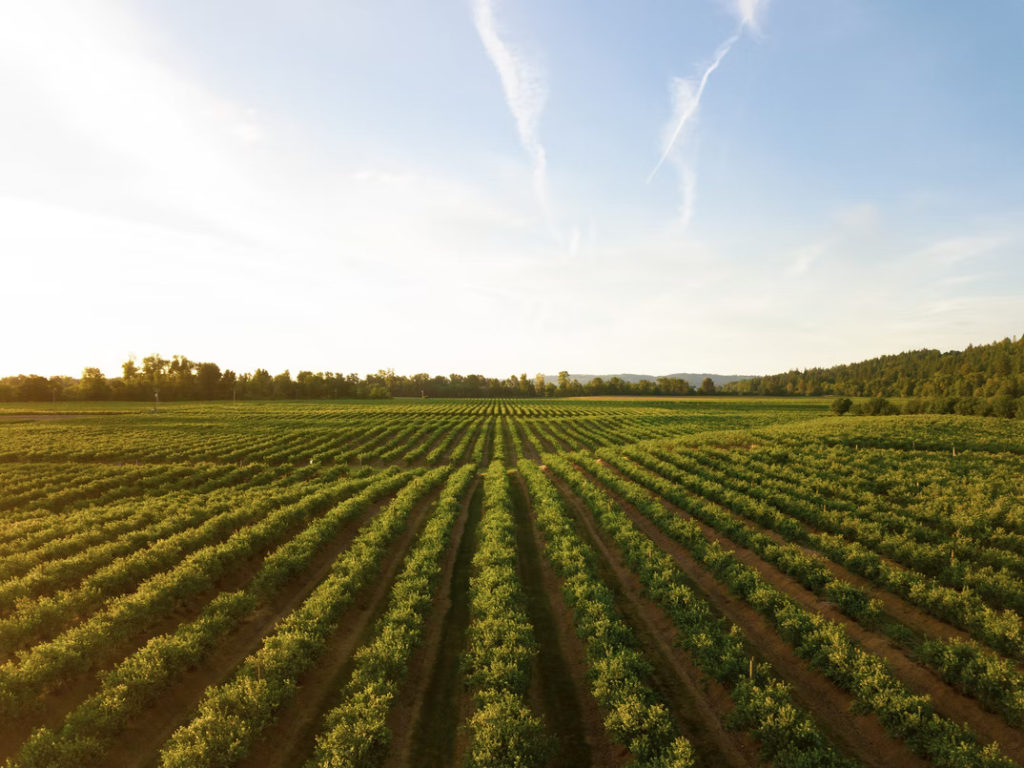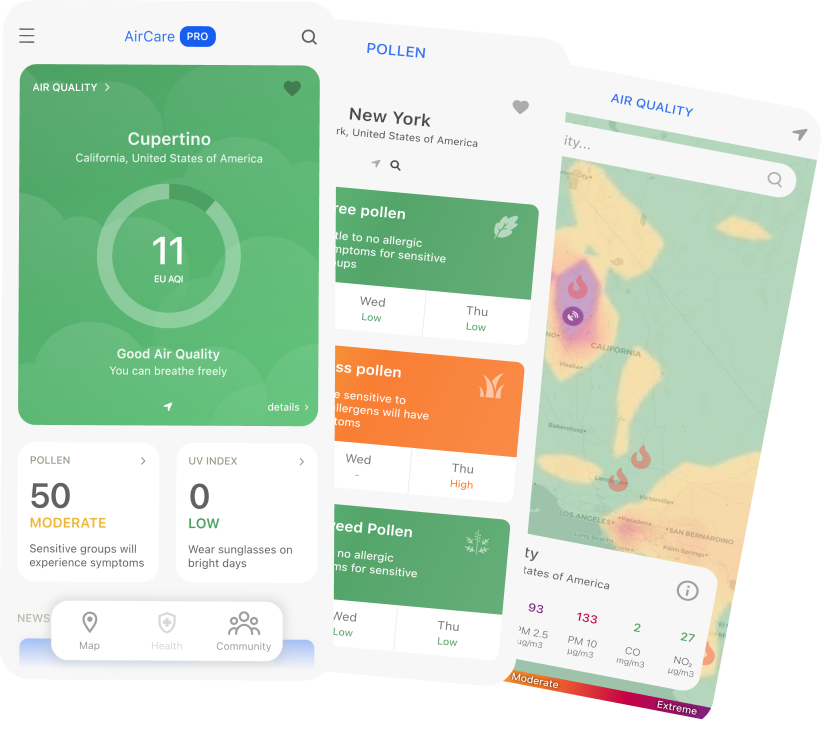Air pollution is a growing problem all over the world. Even though the emphasis is typically put on the effects it has on human health, air pollution also has a significant impact on crops.

When agricultural crops are exposed to high levels of air pollutants, they can be injured. The damage can range from visible marks on the foliage, to reduced yield and growth, and even premature death of the crop.
The severity of the injury depends on a couple of factors. These include the species of the plant and its stage of development, as well as the concentration of the air pollutant and how long has the plant been exposed to it.
According to the World Resources Institute, air pollution reduces crop yields for maize by up to 5%, and for soy and wheat by up to 15%.
Additionally, poor air quality and climate change are closely related. The increase in carbon dioxide in the atmosphere is directly linked to the nutritional quality of crops. One study concluded that crop yields of staples like wheat, maize, soybean, and rice decrease with each degree-Celsius increase in global temperature.
How Different Air Pollutants Affect Agricultural Crops
Below, we’re going to take a look at the effects that different air pollutants have on plants.
- Ground-level ozone – Ground-level ozone comes from chemical plants, refineries, industrial boilers, power plants, and cars. Ozone symptoms usually occur on the upper surface of the leaves and appear as bleaching, bronzing, or flecking of the leaf tissues.
- Sulfur Dioxide – Major sources of sulfur dioxide are operations that include burning coal, especially those providing space heating and electric power. Sulfur dioxide can also come from metal smelting, cement manufacturing, and petroleum refineries. The cumulative effect of sulfurous pollution is to reduce the quality and quantity of plant yield.
- Fluoride – The primary source of fluoride is the combustion of coal and coal bricks. Fluoride strongly inhibits photosynthesis, and it accumulates in leaf margins. Typical symptoms of fluoride injury on broadleaf plants include tip and marginal necrosis that spread inward.
Do you want to know the quality of the air you breathe? Download AirCare – our free mobile app that tracks air pollution from your pocket, and check out the AirCare blog!





